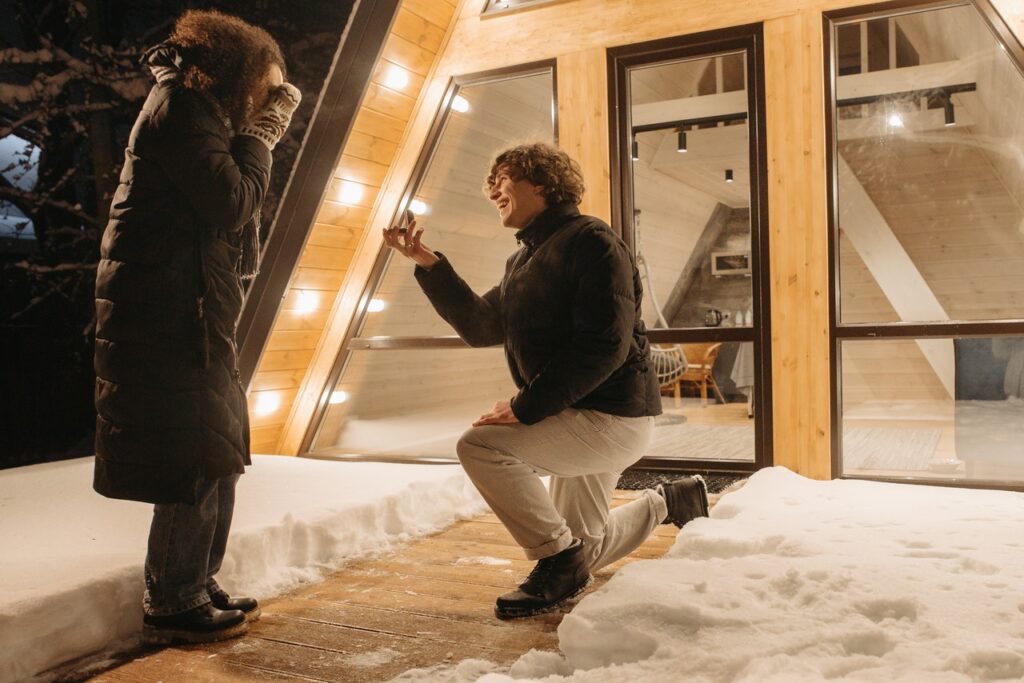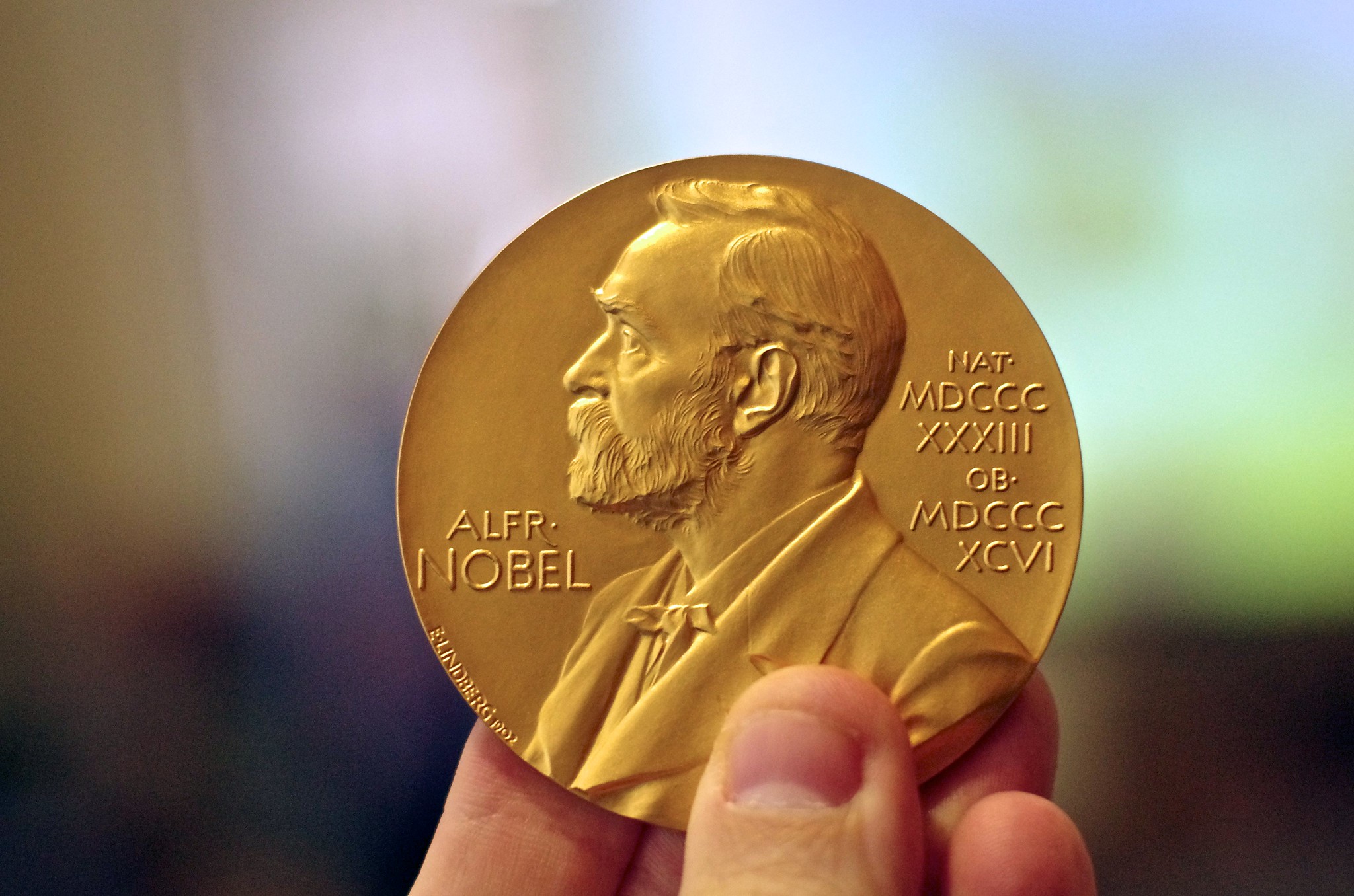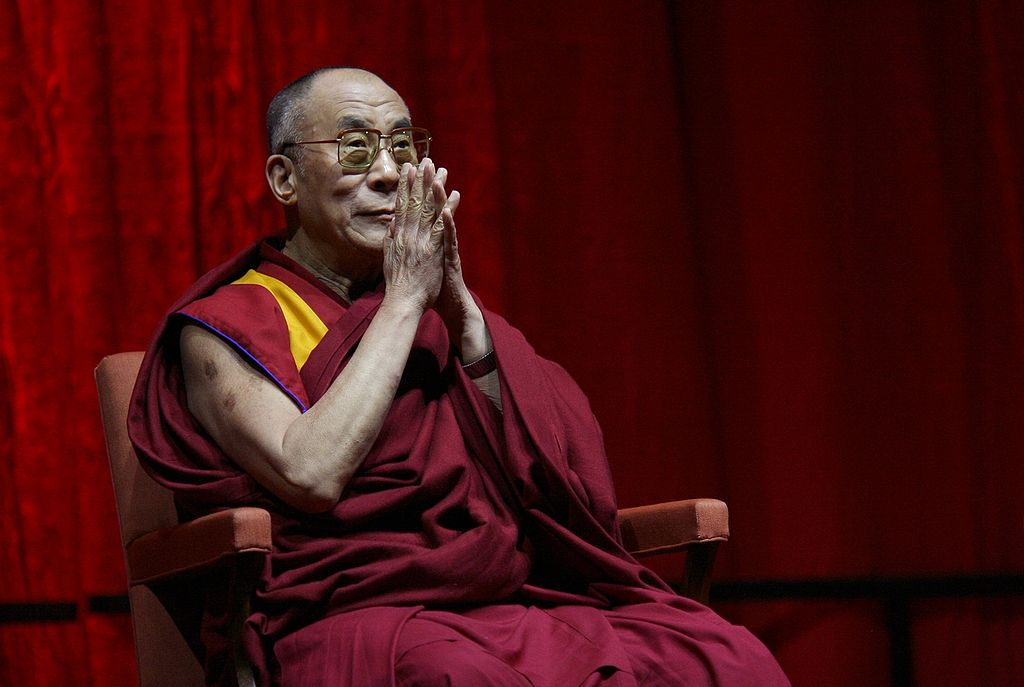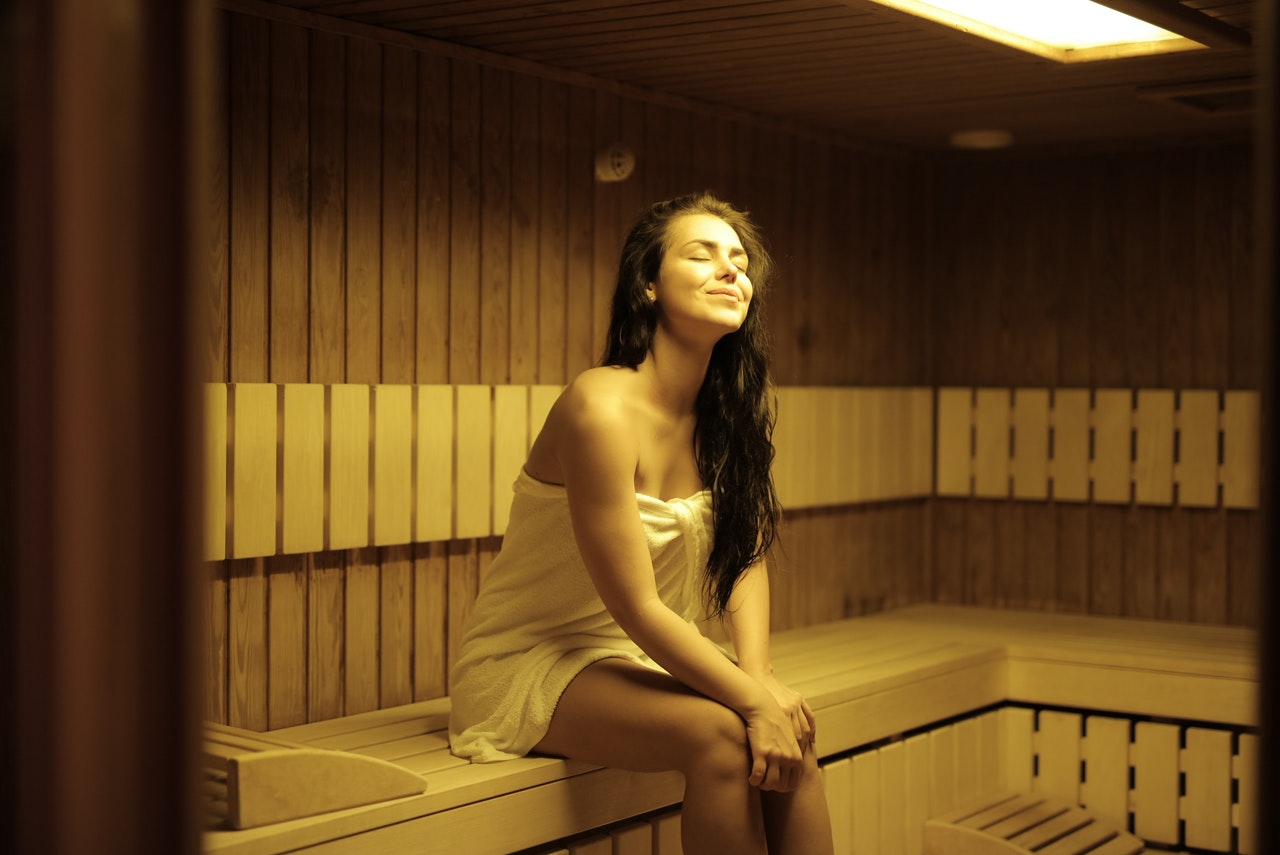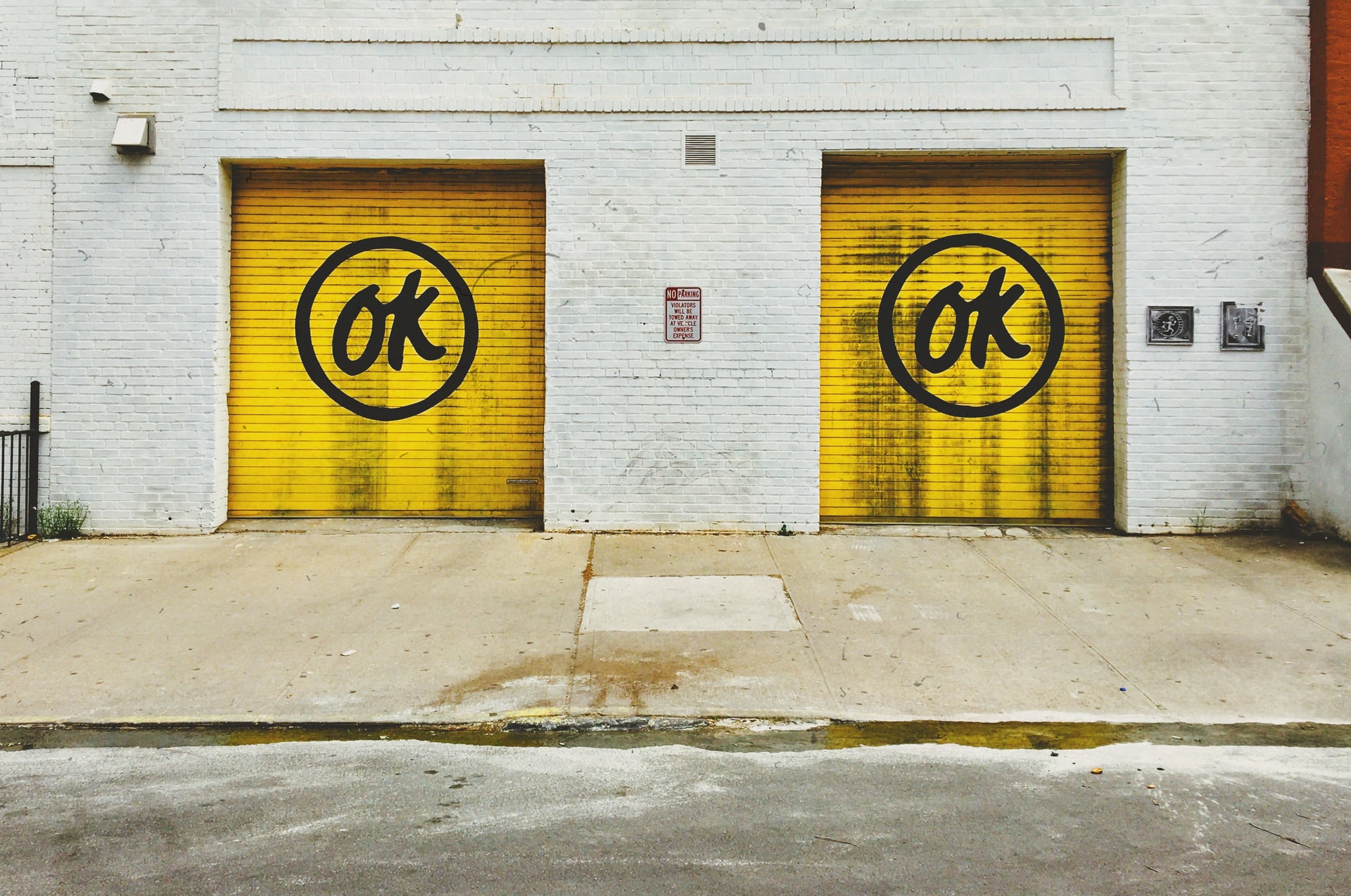Reading Time: < 1 minutes
- In the Early Middle Ages (500 – 1000 AD) in Europe, there were two ways a man could become a knight.
- The first was if fought bravely in a battle/war and the king/commander were happy.
- The second was by becoming an apprentice to a knight (starting age 7, one had to stay with a knight to learn manners, bravery, horsemanship, and fighting, etc., and then prove himself).
- In either case, the honour’s recipient—in a ceremony—bent on one knee and bowed the head.
- And the King/Queen or the Commander touched the recipient briefly on each shoulder with the Knighting sword.
- Once you were a knight, certain things were expected of you, one being chivalry—the combination of qualities such as courage, honour, courtesy, justice, and a readiness to help the weak.
- Now, knights—with their role model personalities— mostly stayed in castles.
- These castles also housed other men and women (very few).
- Chivalrous men with beautiful women (mostly married women) under the same roof stoked the imagination of the littérateursWriter of literary works of the time.
- And this gave birth to a fictional concept of “courtly love,” The term itself was rarely used in medieval literature of any European language, but the concept came from the era.
- Courtly love dominated European literature around the 11th and 12th centuries.
- It was presented as an experience that was illicit (because most women were married) but uplifting (discipline, unconditional service to the lady).
- And it was centred around knights setting out on adventures and performing deeds for their ladies.
- Initially, this fiction was created for the entertainment of the nobility, but gradually it attracted a larger audience.
- “Loving nobly” became popular, and then, several works of art featured a knight kneeling before the lady in devotion and respect.
- While the modern practice of kneeling is said to have started because of courtly love and related artworks, no conclusive links have yet been established between the two.
- This theory rules, therefore, because of the absence of any other theory.
Image courtesy of Pavel Danilyuk through Pexels

